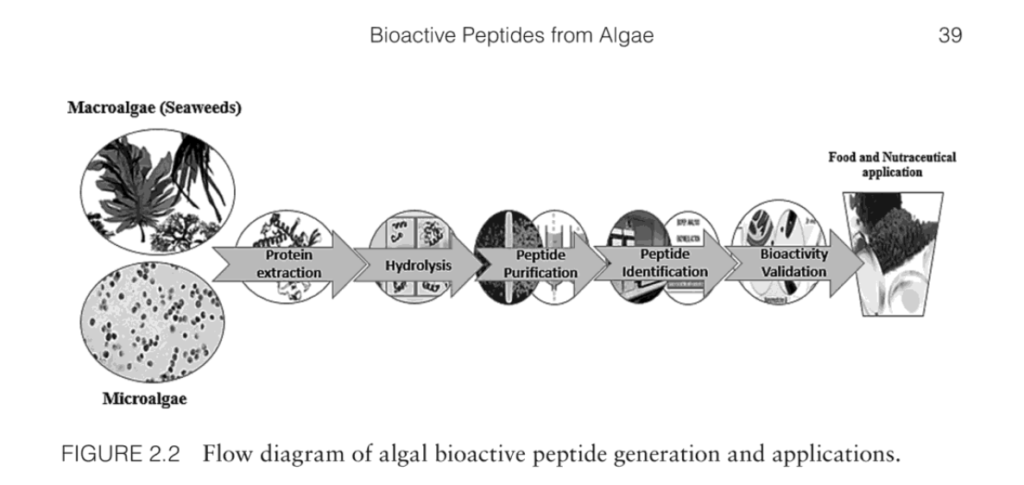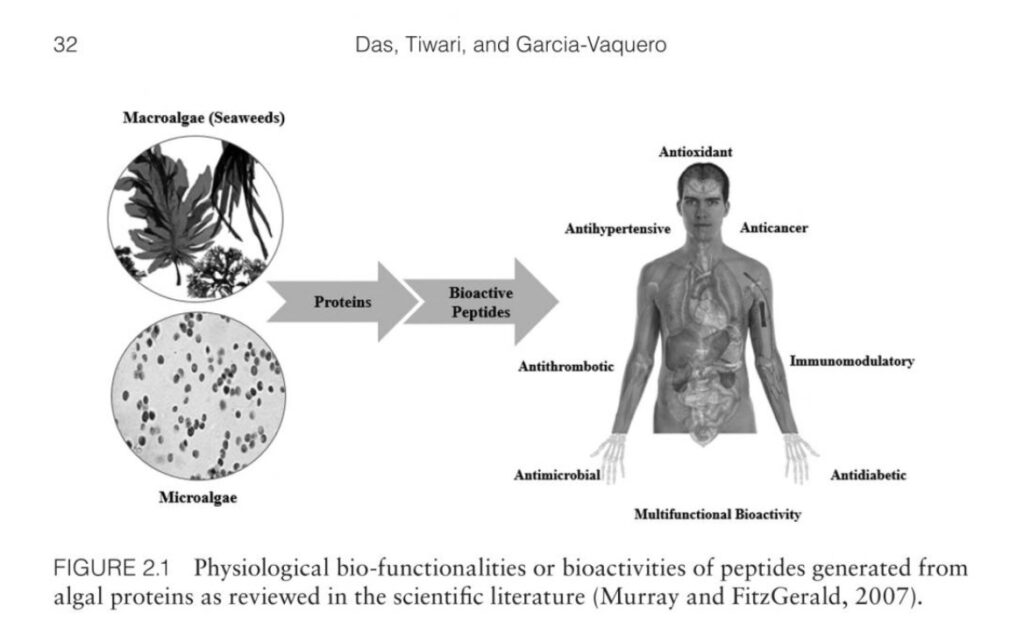Peptides – Everything you Need to Know
We hear this term in skincare a lot! But what actually is a peptide? Why do you need them, and how can you benefit from having them in your skincare? In this blog, we’ll answer all your questions about these tiny molecules and more.
What is a Peptide?
Peptides are amino acids. They are similar to proteins as both are made of amino acids. Although, peptides contain between 2 and 50 amino acids, while proteins can contain 50 or more. The difference is in the length – oligopeptides (between 2 and 50 amino acids) contain dipeptides, tripeptides, and tetrapeptides.
Certain proteins required by the skin are made up of peptides, which can encourage your skin to produce collagen because it is specifically made of three polypeptide chains. Your body naturally produces collagen, however, as collagen production declines with time, skin may appear more wrinkled, less even, and dull.
What’s the Difference?
Proteins provide structure to our cells, transport and store nutrients, and more. Peptides have a different function which makes them of interest in skincare and dietary supplements as they are a smaller, more easily absorbed form of protein. They help manage and promote the production of things like creatine and collagen in the skin, as well as muscle growth and repair.
Why Peptides are Added to Skincare
Peptides are believed to be responsible for healthy, glowing skin. They are a smaller than proteins, and therefore more bioavailable to help keep the skin firm, healthy and bright.
What About BioPeptides?
A great deal of interest has been expressed regarding the production, characterization, and applications of protein hydrolysates and food-derived biopeptides due to their numerous beneficial health effects. Based on their amino acid composition, sequences, hydrophobicity, and length, peptides released from food proteins, beyond their nutritional properties, can exhibit various biological activities including antihypertensive, antioxidative, antithrombotic, hypoglycemic, hypocholesterolemic, and antibacterial activities among others.
Here’s where seaweed comes in. Algae is amazing! They’re able to produce many different bioavailable metabolites such as proteins, polysaccharides, fatty acids, amino acids, phenolic compounds (like resveratrol), vitamins, sterols, and other bioactive agents. These are all produced by the seaweeds in their tissues! So, why is this so amazing?! Here’s a short list of benefits from these seaweed ingredients:
Proteins –
Broken into amino acids which allow the body to build it’s necessary proteins for optimal cellular function and repair.
Polysaccharides –
Responsible for the skin’s natural retention of water and for keeping it hydrated.
Fatty Acids –
Keeps the skin youthful, plumped and toned by improving the appearance of fine lines and wrinkles.
Amino Acids –
Help strengthen the immune system, maintain hydration, resilience to external factors and overall healthy appearance.
Phenolic Compounds –
Some of the best natural protection against enzymes which cause the breakdown of collagen and elastin in the skin, improving and maintaining a youthful look. Contains an abundance of antioxidants.
Vitamins –
Red and brown seaweed have more vitamins and minerals than even the best grown organic land plants, including 92 of the 102 minerals your body needs. These macroalgae have been shown to have unique properties including, anti-wrinkling, skin brightening effects, anti-inflammatory and anti-allergy. Specific to anti-ageing and healthy skin, seaweed contains rich amounts of Vitamins A and Beta Carotene, which offer powerful anti-wrinkle retinol A protection.
Sterols –
Deeply penetrates into the skin due to a small molecular size (especially when from an algae source). Effectively treats dryness and irritation by reducing trans-epidermal water loss and locking moisture in. May also have anti-inflammatory properties.
What does each Specific Seaweed have?

Laminaria digitata –
Made up of 20% minerals, and 11% proteins. First, all these are available for your body to readily use. Yes. You heard that right. Seaweed’s nutrients are in ionic form. This means they are bioavailable and ready to be absorbed right into the blood stream! This seaweed is also lipolytic. In simple terms, this seaweed will help break fat apart. This will make it amazing for treating cellulite, toning and firming the skin. Laminaria species are well known for their antioxidant, anti-cellulite and anti-inflammatory properties. Furthermore, they also offer immunostimulating agents, moisturizing ability, and protective phycocolloids (seaweed polysaccharides).
Macrocystis –
Immunostimulating agents (helping to invigorate the immune system), moisturizing, protective colloids. Rich in proteins, these proteins are natural reservoirs of bioactive peptides (BAPs) associated with various health benefits such as antioxidant, antihypertensive, and antidiabetic activities.
Pyropia –
Antiallergic, anti-inflammatory agents, antioxidants, radical scavengers (keeping you safe from dangerous contaminants that build up over time on the skin, contributing to aging), and anti-aging effects. Offers the highest amounts of MAAs, which act as a physical shield from the Sun. They constitute a class of more than 30 related UV-absorbing compounds with molecules constituted by imino-carbonyl derivatives of mycosporine cyclohexenone chromophore. Meanwhile, MAAs may also possess many physiological functions, including the protection of antitumor activity, reproduction regulation, and exhibit the scavenging effects of oxygen free radicals.
Alaria esculenta –
Anti-aging effects due to antioxidants, proteins, collagen stimulation, improved cellular function and more. Alaria contains high concentrations of Iodine, a trace element essential for the synthesis of the thyroid hormones thyroxine (T3) and triiodothyronine (T4) involved in the regulation of the metabolism. Good source of macronutrients, micronutrients, and bioactive components including isolated polysaccharides (eg, alginate, fucoidan), proteins, polyphenols, carotenoids, fucoxanthin, and n-3 long-chain polyunsaturated fatty acids.
Fucus –
Anti-inflammatory, antioxidant, anti-aging, anti-wrinkling, from hyaluronidase inhibition, keeping the skin smooth and hydrated. Lipid peroxidation inhibition, creating free-radical scavengers on the skin’s surface. Arabinogalactan proteins (AGPs) are a heterogeneous class of highly glycosylated proteins found at the cell surface in plants which consist predominantly of beta-glucan 1/3, 1/6. Fucoidans are sulfated fucosylated polymers from the cell wall. Fucus evanescens fucoidan may be a potential therapeutic agent for the prevention and treatment of skin photoaging.



